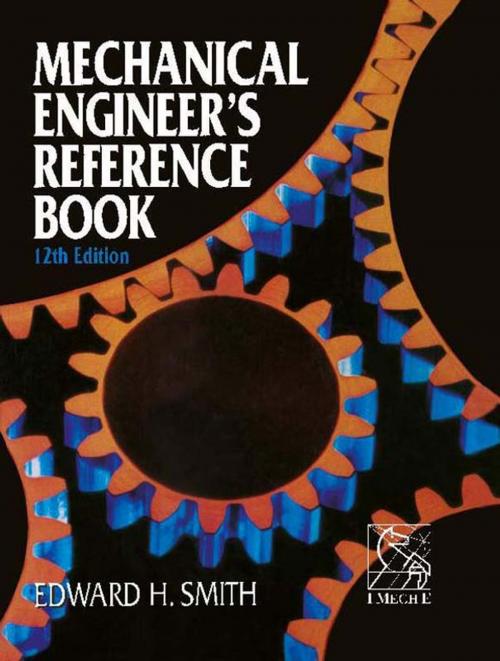Mechanical Engineer's Reference Book
Nonfiction, Science & Nature, Technology, Engineering, Chemical & Biochemical, Reference & Language, Reference| Author: | ISBN: | 9781483102573 | |
| Publisher: | Elsevier Science | Publication: | September 24, 2013 |
| Imprint: | Butterworth-Heinemann | Language: | English |
| Author: | |
| ISBN: | 9781483102573 |
| Publisher: | Elsevier Science |
| Publication: | September 24, 2013 |
| Imprint: | Butterworth-Heinemann |
| Language: | English |
Mechanical Engineer’s Reference Book, 12th Edition is a 19-chapter text that covers the basic principles of mechanical engineering.
The first chapters discuss the principles of mechanical engineering, electrical and electronics, microprocessors, instrumentation, and control. The succeeding chapters deal with the applications of computers and computer-integrated engineering systems; the design standards; and materials’ properties and selection. Considerable chapters are devoted to other basic knowledge in mechanical engineering, including solid mechanics, tribology, power units and transmission, fuels and combustion, and alternative energy sources. The remaining chapters explore other engineering fields related to mechanical engineering, including nuclear, offshore, and plant engineering. These chapters also cover the topics of manufacturing methods, engineering mathematics, health and safety, and units of measurements.
This book will be of great value to mechanical engineers.
Mechanical Engineer’s Reference Book, 12th Edition is a 19-chapter text that covers the basic principles of mechanical engineering.
The first chapters discuss the principles of mechanical engineering, electrical and electronics, microprocessors, instrumentation, and control. The succeeding chapters deal with the applications of computers and computer-integrated engineering systems; the design standards; and materials’ properties and selection. Considerable chapters are devoted to other basic knowledge in mechanical engineering, including solid mechanics, tribology, power units and transmission, fuels and combustion, and alternative energy sources. The remaining chapters explore other engineering fields related to mechanical engineering, including nuclear, offshore, and plant engineering. These chapters also cover the topics of manufacturing methods, engineering mathematics, health and safety, and units of measurements.
This book will be of great value to mechanical engineers.















